DiscoverSaint-Laurent
Saint-Laurent is definitely a great place to live and work. Located on the island of Montréal, this borough is known for its enviable geographical position, its excellent accessibility to the network of highways and public transit system, its many parks and green spaces as well as its highly diversified population.
A real economic driver with its 5,000 companies and commercial establishments, Saint-Laurent is the second largest employment centre in the metropolitan region after downtown Montréal. In fact, the number of workers in the borough is slightly higher than its population (approximately 107,000 versus 103,000). It also has the largest technology park in all of Canada: Technoparc Montréal’s Campus Saint-Laurent.
According to the findings of the latest censuses, Saint-Laurent has enjoyed demographic growth of over 10%, compared to less than 2% for the entire metropolitan area. Its population, which has truly soared since 2001—up 30%—is closely tied to immigration, with 81% of residents coming from overseas or having a parent born abroad. Saint-Laurent also attracts 13,000 students to the two colleges on its territory.
Thanks to its two libraries, its recreation centre, its new sports complex, its arena as well as some 50 parks and green spaces, Saint-Laurent provides its residents with easy access to nature, culture, sports and recreation. Sustainable development is also of great importance to this community, which became a sustainable municipal territory in January 2019.
Attractions
- 1sports complex
- 1recreation centre
- 1arena
- 15skating locations (ice rinks/ ice patches)
- 3librairies
- 1entertainment venue
- 47parks and squares
- 15splash pads
- 8outdoor pools
- 11wading pools
- 30children's playgrounds
- 7community gardens
- 2museums
- 2higher education institutions
- 55km of bicycle paths
- 2metro stations
- 3commuter train stations
- 1patrimonial building
- 1community center
Neighbourhoods
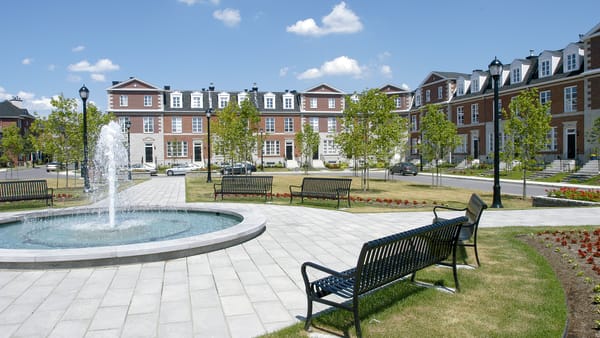
Bois-Franc
The Bois-Franc project was launched on August 6, 1993. Located on the former grounds of the Cartierville Airport, this avant-garde residential neighbourhood offers residents an outstanding quality of life, thanks to the presence of numerous nearby green spaces, commercial establishments and service facilities as well as its privileged geographical location close to major highways.
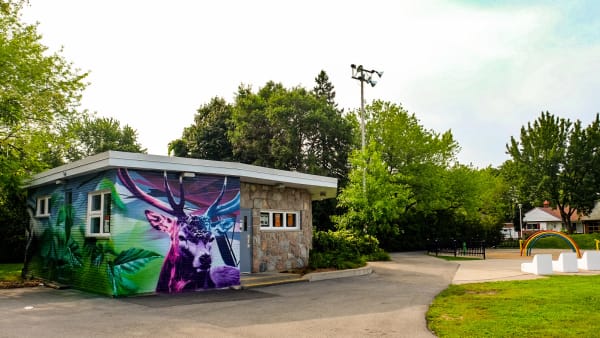
Cosmos
Cosmos refers to the area located in the southeastern part of Saint-Laurent territory. Bounded by Avenue Sainte-Croix to the west as well as the Metropolitan Autoroute to the south and the CN rail line to the north and east, this project was got under way in 1949. It includes more than 480 housing units consisting of single-family homes and rental buildings.
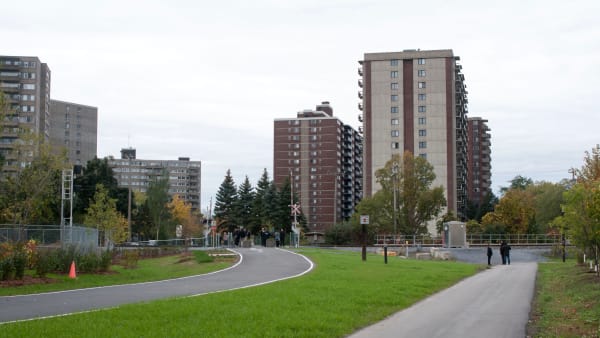
Village Montpellier
Located near the Montpellier train station, this sector developed after 1975. Its location, along Boulevard Montpellier, corresponds to that of the very first industry to have been established in Saint-Laurent: the stone industry. Large condominiums were built on the former quarry.
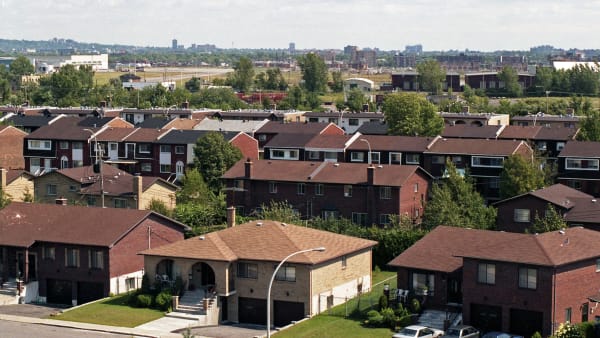
Marlborough
The Marlborough sector dates back to the 1950s. It has developed from three residential communities: one near Boulevard Toupin and Boulevard Henri-Bourassa; another further north, along Boulevard Toupin, and a third along Rue Cousineau and Rue Somerset.
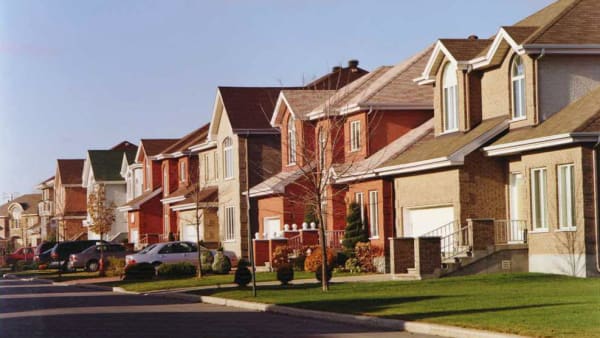
Nouveau Saint-Laurent
Adjacent to the Bois-Franc sector, the Nouveau Saint-Laurent sector began its development in the early 1990s on former farmlands and the Challenger golf course. There is a wide variety of residential buildings here, ranging from condominiums to large, luxurious single-family homes and various types of townhouses.

Norvick
Construction of the 248 single-family homes in this sector began in 1942. Norvick was developed after the Canadian government created Wartime Housing Limited, a company responsible for building housing to meet the needs of thousands of workers involved in the war effort.
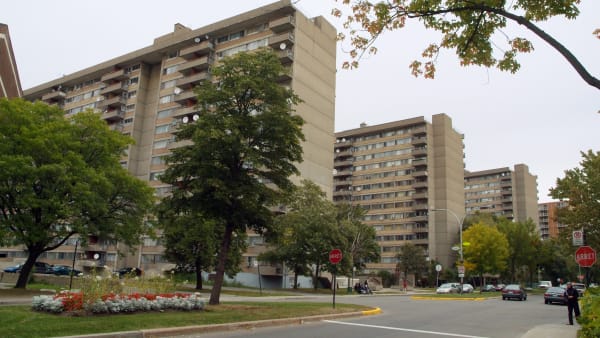
Chameran
With nearly 15,000 residents, the Chameran sector is home to nearly 16% of the borough’s total population and is noted for its multicultural character. Since the 1980s, this sector has become a welcoming place for new immigrants, mainly from Lebanon, which has earned it the nickname “Little Beirut”.
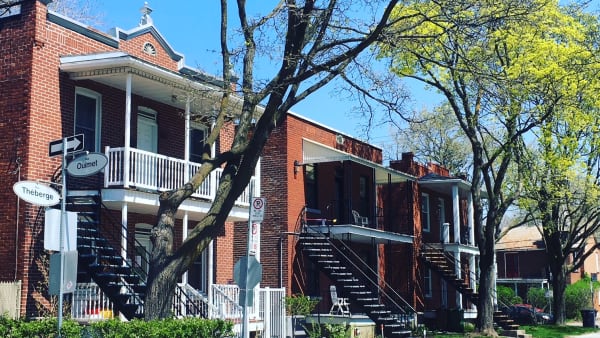
Vieux-Saint-Laurent
Vieux-Saint-Laurent is known as the borough’s downtown core. Its major thoroughfare is Avenue Sainte-Croix, formerly known as Rue Principale. To the east of this road are large institutions and to the west, most of the commercial establishments and homes in the area.
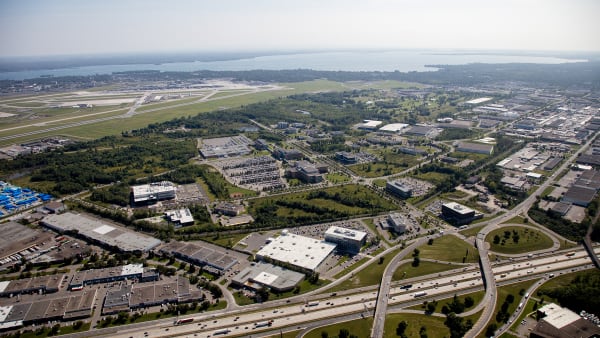
Technoparc
The Technoparc Montréal project began in 1987 with the creation of the Centre d’initiative technologique de Montréal (CITec). Located at the intersection of highways 40 and 13, just north of the runways of Montréal International Airport, it is now home to more than 100 companies specializing in aeronautics, pharmaceuticals and clean energy, among other fields.
Key figures
- 43 km²in area
- 104,000 population
- 2,311 residents per km²
- 18,700 families with children
- 13 %of the population speak more than one language at home
- 54 %immigrant population
- 31.8 %of the population under 25 years of age
- 39 average age
- 4,500 companies
- 110,000 jobs
- 70 %of the territory devoted to industrial and commercial activities
Need help?
Contact us if you have questions.
Are you sure you want to leave this page?
This page is not available in English. You will be redirected to the English home page.